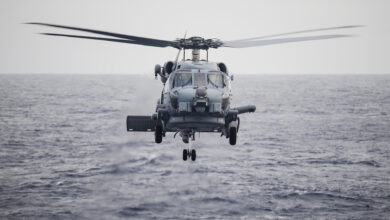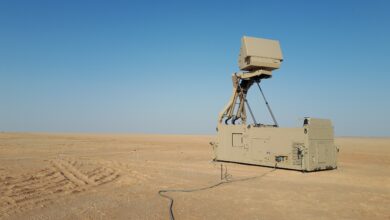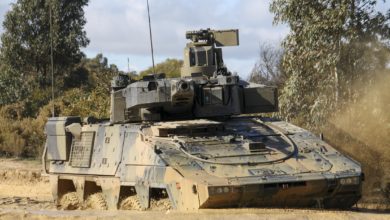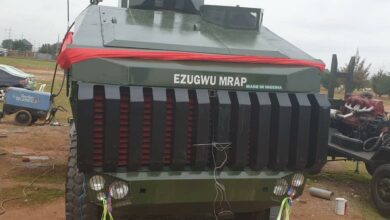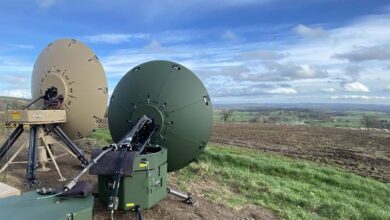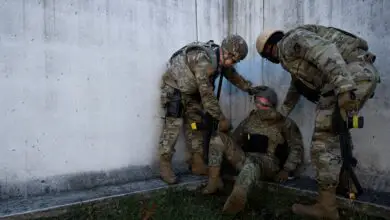Teledyne FLIR Launches New Kobra 725 Multi-Mission Robot
American technology firm Teledyne FLIR has introduced its Kobra 725 modular unmanned ground system for military use.
Unveiled at the Eurosatory 2022 Defense and Security exhibition in Paris, the robot offers new capabilities and technology upgrades to the company’s existing Kobra 710 unmanned system.
It features manipulator arms capable of lifting heavy cargo such as military equipment and supplies.
The robot has a four-meter arm span, enabling it to reach high places and areas inaccessible to ordinary vehicles.
Teledyne said that the Kobra 725 is now equipped with a high-definition camera, wide-angle visual/thermal mobility camera, and field-swappable radio modules.
The system’s advanced features and capabilities reportedly make it suitable for explosive ordnance disposal, remote chemical, biological, radiological, and nuclear detection, and reconnaissance missions.
It can also be used for nuclear power maintenance.
Addressing Complex Situations
According to Teledyne Vice President Dr. David Cullin, the upgrades and enhancements to the new Kobra 725 unmanned ground system allow it to help the military address “increasingly complex” situations on the battlefield.
With a top speed of 13 kilometers (8 miles) per hour, the robot has improved mobility to quickly survey targets.
It is also mounted with MPU5 high-performance radio and MIMO technology for superior communications, enabling the platform to penetrate deeper into complex structures and relay crucial information to operators.
The vehicle is highly configurable and can handle dangerous battlefield situations such as route clearance and breaching, even in adverse weather conditions.
“This multi-mission robot gives users a powerful, highly mobile system that keeps them out of danger areas as they evaluate and mitigate threats,” Cullin said. “We’re proud to offer the Kobra 725 and to continue innovating this vital platform for defense and industrial customers.”


